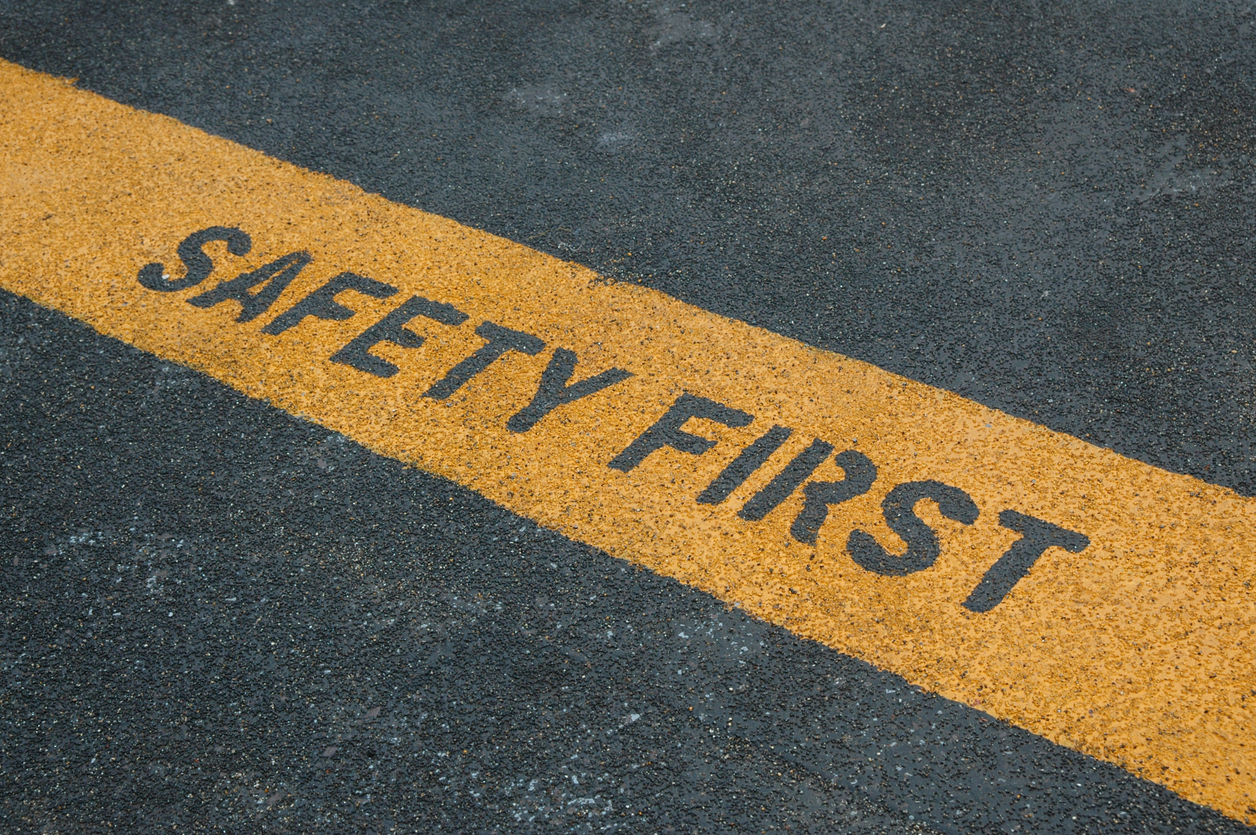Workplace safety should be a priority for every business. Yet stating safety is a priority and implementing an effective safety program are two totally different things. In order for a safety program to be truly successful, it must be part of an organization’s cultural DNA and a central value in doing business.
The Importance of Leadership Buy-In
As with all business decisions, it’s imperative that leadership understand and champion the value of safety as an integral component of its organization. Safety shouldn’t be viewed as a separate, external program but rather folded into an organization’s day-to-day operation. This begins with a shared belief among owners, managers, and workers that safety is a way of life and a part of every decision and every action. Without leadership buy-in, a safety program is destined to fall short of its wide-ranging impacts and fail in driving a cultural shift.
Unfortunately, too many organizations realize the value of a safety program only after experiencing some sort of loss. For example, a rash of workplace accidents, an employee fatality or a hefty regulatory fine may serve as a tardy wake-up call to implement a safety program. Yet there is no reason to put safety on the back burner. There is simply too much value in establishing a program.
Prevent Accidents, Empower Employees
First and foremost, a safety program helps prevent workplace injuries and illnesses, important to all businesses. In addition, a properly executed safety program will help an organization remain regulatory-compliant and, if and when required, show evidence of its compliance.
A safety program enhances employee engagement. Workers on the frontlines are best suited to help solve specific safety issues as they are intimately involved with a specific operation and the hazards involved. Supervisors can work in concert with workers to develop safety procedures and come up with additional solutions and protocols to mitigate a risk in the aftermath of an accident. Also, inviting employees to become a part of a safety committee empowers them, further optimizes engagement and reinforces the value the organization puts on safety and its workers.
Maximize Community Goodwill
Safety as a company core value goes a long way in establishing goodwill in the community the organization serves. A strong safety culture reflects a company’s social responsibility and can help boost its reputation with customers, suppliers and the community at large. Poor publicity about a company that’s lacking on the safety front, on the other hand, can have a long-lasting negative impact on a business and how it is viewed, particularly if employees begin to disparage the company’s safety practices. Accidents also tend to make local headlines, which can impair a business’s ability to land new projects or accounts.
Reduce Costs in the Long Run
The economic value of a safety program may be difficult for some organizations to embrace as, depending on the size of the business and the industry it serves, the upfront financial investment can be significant. However, just as with any other investment, it takes capital expenditure to see results. If a business is ready to invest in developing and instituting a safety program (which includes operational hazard assessments, implementation of practices/protocols, training and education, reporting tools, audits, metrics, etc.), it will see dividends down the line in a number of ways.
For one, safer workers are more productive and they help create a more competitive business. When workers get injured there are a number of direct and indirect costs. Direct costs include medical expenses, lost wages and potential costs for legal services. Indirect or hidden expenses include the cost to recruit, hire, onboard and train a replacement while an injured employee is being treated and is out of work; lost productivity; accident investigation and implementation of corrective measures; and possible regulatory fines.
Several studies have determined that organizations with strong safety cultures also tend to have higher employee morale, which reduces turnover and absenteeism.
In addition, a safety program that results in fewer injuries and a better loss history can help to reduce an organization’s Workers’ Compensation premiums (depending on other factors that also contribute to the cost of insurance, including payroll amount, employee classification and so on).
Helping Policyholders with Safety
We help clients look at the impact safety can have on their organization, including the potential savings they will experience. This begins with assisting clients in implementing strong hiring practices, understanding job requirements and bringing on only employees who are fit for duty using a Post-Offer Medical Questionnaire (POMQ) and/or Strength and Agility Testing.
We utilize data-driven analysis, including the adjuster’s investigation, to determine where improvements can be made to mitigate a similar loss or improve the outcome of a claim. We may, for example, see that the employer failed to perform a post-accident drug test or did not return the worker to a light-duty assignment, which, if part of an overall safety program, will help pinpoint the cause of the accident and reduce the cost of the claim. Our goal is to provide critical information that can be utilized as a teaching tool for the employer to make changes that will improve safety and productivity in the organization.
In addition, we provide a library of PowerPoint presentations, safety documents and videos to help control specific risks in every industry. We value safety and do everything we can to help employers value it, too.


